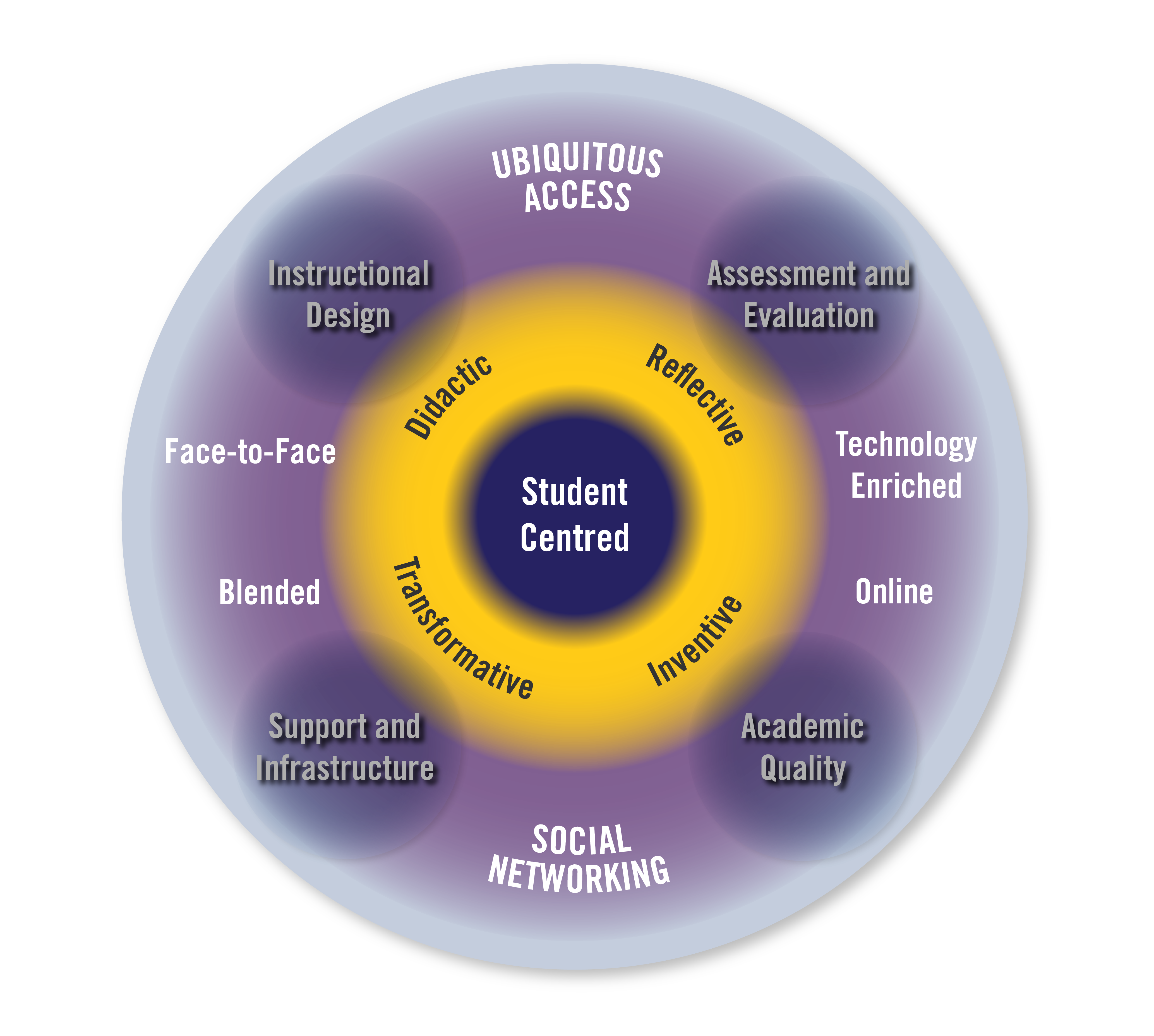How to Succeed in the DLL
If you haven’t already reviewed this page and the related links you owe it to yourself to spend the 30 minutes that it will take to see how to really do well in the DLL.
Collaboration
The key to improving student achievement – Hattie argues examining, thinking and talking with other teachers about the learning environments that we have created and are creating and the impact that we can have on learners is the most important thing we can do to improve our learner’s achievement.
Who Do You Trust Enough to Learn From? – The evidence is clear; if you want to learn more effectively online you need to collaborate with your classmates.
Learner’s Mindset
Why Authentic Learning Converts Into Lifelong Learning – We need to allow our learners to choose and work on authentic projects that will inspire their intrinsic passions for learning and help them grow their learner’s mindset.
In pursuit of the better way – the learner’s mindset – Perhaps, if we focused on nurturing and supporting our learner’s natural inquisitiveness and predisposition toward learning we would be much further ahead and wouldn’t then have to attempt to restore or rebuild what we have torn down in the first place.
Innovation Planning
How to Avoid EdTech Quickfix Traps – If you are considering a 1 to 1 initiative or using a software system for drilling in Math or Language/English then I want you to recognize that these are only a small part of a bigger picture and you need to shift your focus from technology to learning. Something along the lines of blended learning or project-based learning would be a very logical focus where these technologies would be used effectively.
Innovation Proposal & Planning Tips – An overview of who you should focus on, what should go into your innovation proposal, and how to pull all your planning pieces together.
Examples mentioned in video
Brooke Josephs
https://bjosephs6.wixsite.com/teachingincolor/project07
Mike Yakubovsky
https://stemtoolkit.weebly.com/project-proposal.html
Kaman Hung
http://www.professorhung.com/innovation-proposal/
Carl Mohn
https://carlmohn.wordpress.com/2017/09/24/innovation-is-the-key/
Caleigh Heenan
https://onedisruptiveeducator.com/innovation-plan/
More 5305 Proposal Examples https://www.harapnuik.org/?page_id=6556
Are You Bolting a Jet Engine onto Your Horse Cart? – If you really want to get the most out of any learning opportunity you have to fight through the cognitive dissonance and experiment with the new ideas and processes to see if they really can make a difference.
Do You Care Enough to Let Them Take Ownership of Their Learning? – When we let our learners take control of their learning the experiences they can embrace, the meaningful connections they create, and the knowledge that they gain will be life-changing.
Literature Review – What does the Data Say
To Get the Real Story You Need to Go to Primary Sources – Because we live in an age when so much information is available we must not only be prepared but be willing to take the time that it takes to critically and analytically assess all the information we are taking in.
What are you learning today? – We need to continually ask – what are you learning today? This question leads to the next most important question – What do you want to learn next?
Case Studies
Why Good Ideas Too Often Go Bad – Useful ideas like Project-Based learning, 1 to 1, and blended learning can all too easily lose their benefit when we shift the focus from learning and just do projects, just focus on the devices, and just focus on the content delivery part of the blended learning.
The Gift of Intrinsic Motivation – Letting your learner experience the consequences of their actions (as long as they aren’t life-threatening) will be much more valuable to them in the long run than your intervening.
Opening Up Spaces for Answers – Why we run EDLD 5305 the course on innovation planning before we run EDLD 5313, the course on creating significant learning environments
Computers in Schools – Not Working…Yet – If focusing on the technology doesn’t improve learning then what does? the research is overwhelming…Focusing on the learning first then finding ways to enhance that experience with technology will improve learning.
My Video & Media Tools
How to Use The Power of Video – Make sure your videos are targeting the hearts before you target the minds of your audience.
Dwayne’s DIY Video Creation Toolbox & My Video & Media Tools – Video examples, the tools, and resources I used to create, edit and publish those videos and the full list of hardware, software and videos resources that I use on a regular basis to create the videos for your learning environments.
Innovation Plan Google Docs Option
Sample Google Doc used in video
Putting it all together
The Power of Vision – Transformative Scenario Planning
Telling stories about what might happen. Not stories about what will happen, not forecasts; not stories about what should happen; not proposals or visions or positions but stories about what MIGHT happen–relevant, challenging plausible clear stories about what might happen.
Professional Learning Plan – a commitment to a lifelong passion for learning.
Revised on September 15, 2020



































